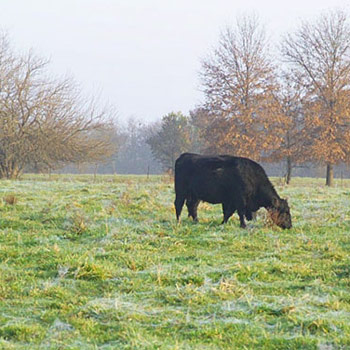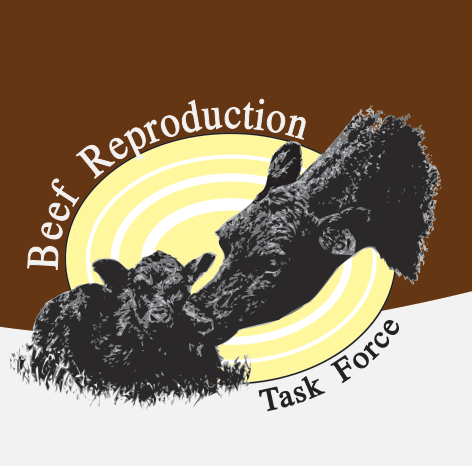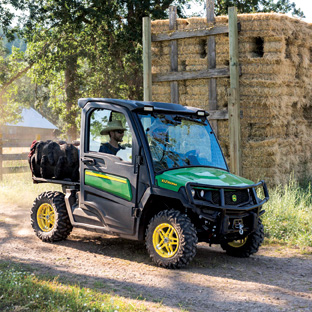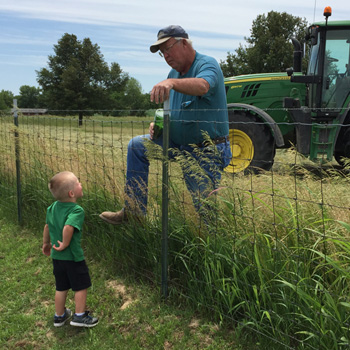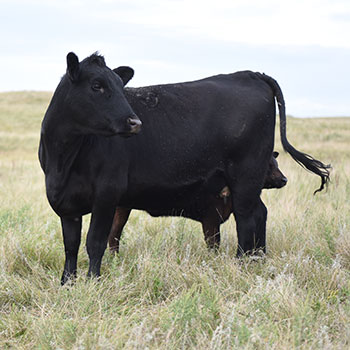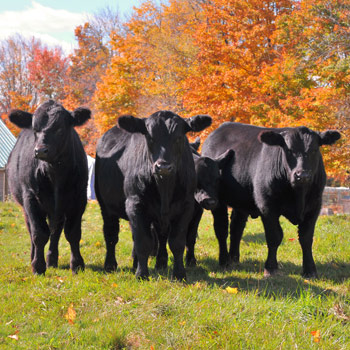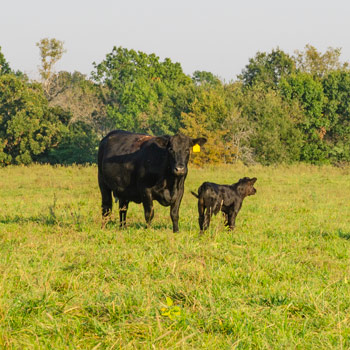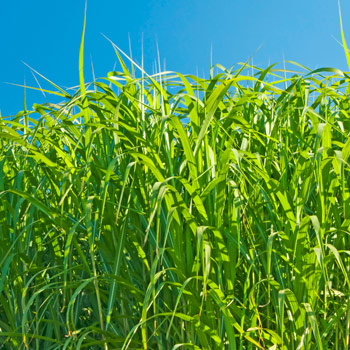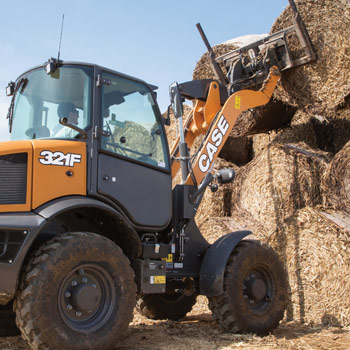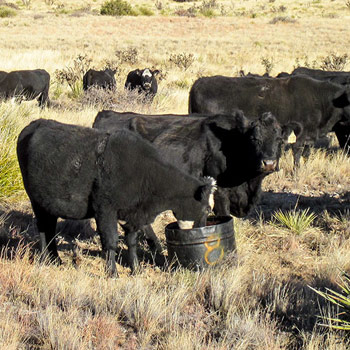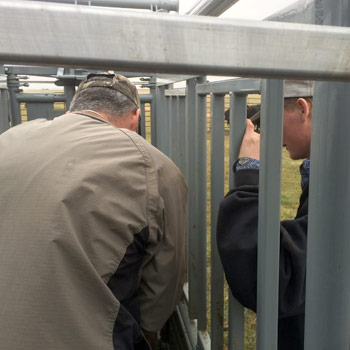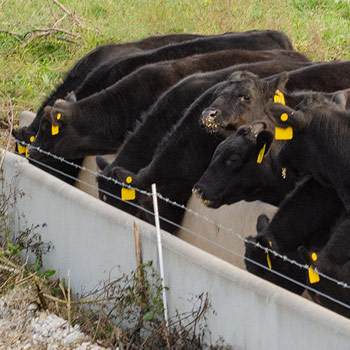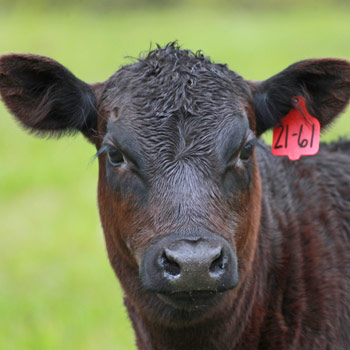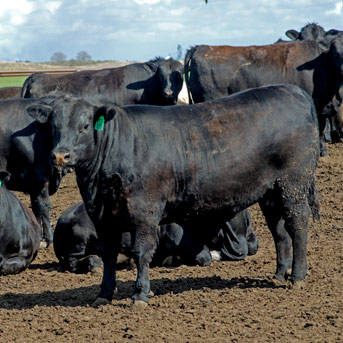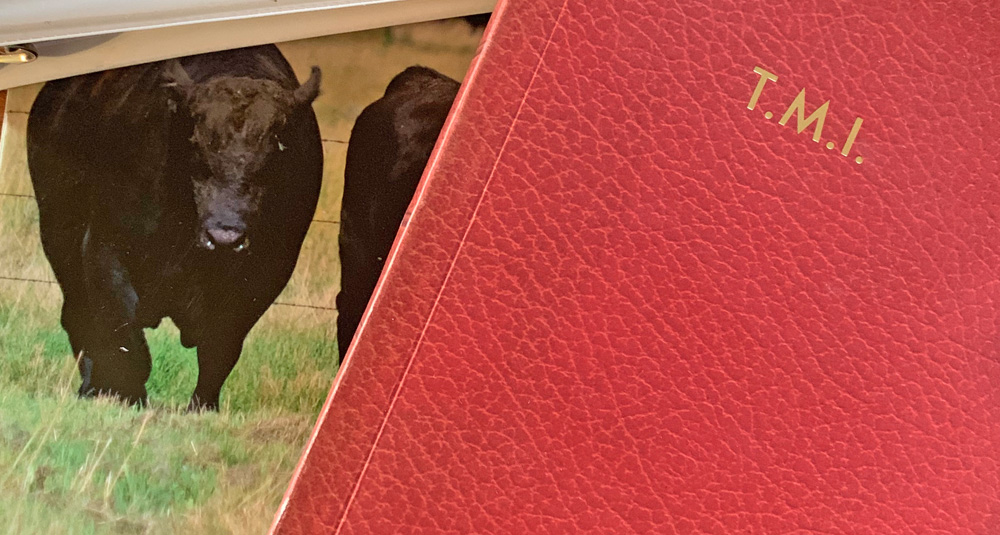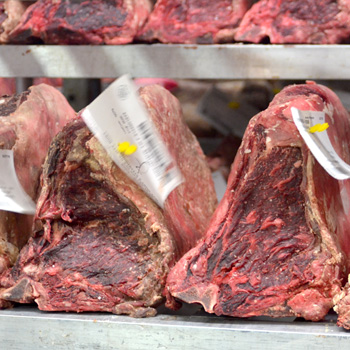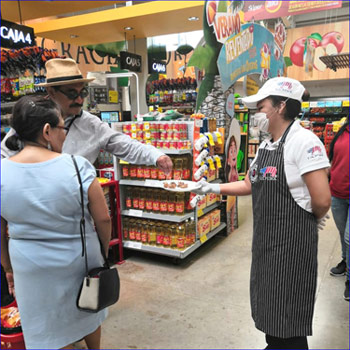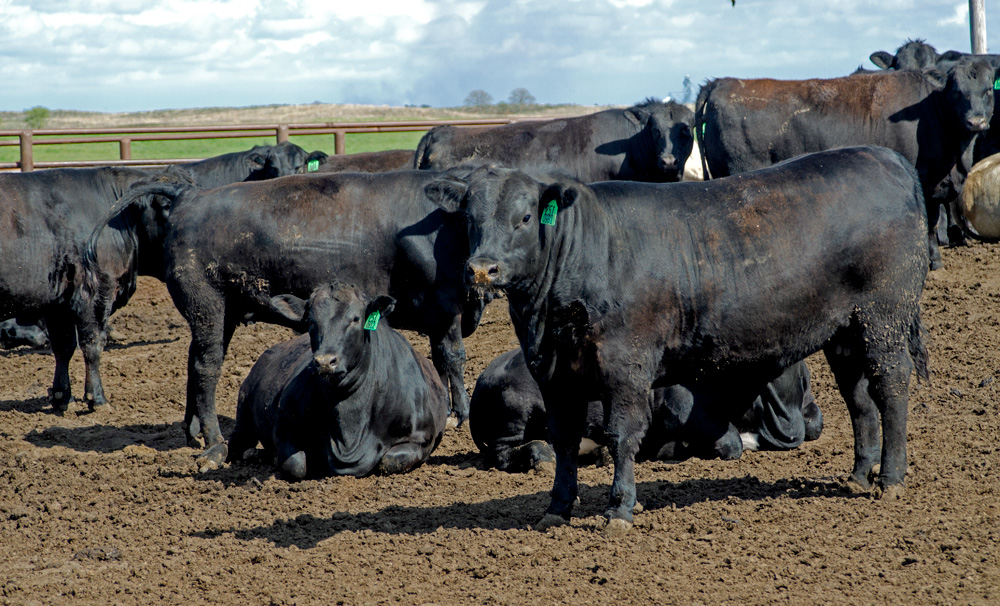
Disease Traceability on Horizon
CattleTrace offers voluntary, industry-wide traceability option.
The beef industry desperately needs traceability. This blunt sentiment said by Brandon Depenbusch, vice president of cattle operations with Innovative Livestock Services, is shared by many.
It affects our export markets drastically. The market aftershock of the “cow that stole Christmas” in 2003 should have been a huge wakeup call, he points out, referring to the case of bovine spongiform encephalopathy (BSE) discovered in the United States in December 2003.
It took nearly 10 years for carcass values to return to previous levels. Depenbusch notes currently about $300 of a steer’s value comes from export markets. However, the current trade war is causing belts to tighten, providing more reason to use traceability to open access to other markets.
Only two beef exporting countries are without a full-scale disease traceability system — the United States and India, Depenbusch says. That’s used as a leverage point in trade against us.
Traceability cannot prevent a disease outbreak, but it may enable at-risk and diseased animals to be identified more quickly, thus slowing or stopping the spread of the outbreak. That should ultimately help regain markets more quickly.
Traceability attempts have happened before, but were largely unsuccessful. Former concerns have included who’s going to pay for it, the role of the government in developing and implementing a system for the industry, producers not wanting to register their premises with the government, etc.
A new option available is CattleTrace, a pilot project developed by the beef industry for the beef industry.
“It’s our opportunity to build a program that works for us instead of being told what to do. It’s not reactive,” Depenbusch explains.
 |
Brandon Depenbusch, vice president of cattle operations with Innovative Livestock Services, said the pilot project had readers installed at 11 sale barns in four states, 18 feedyards and backgrounders in four states, and four packer locations in Kansas. This has garnered more than 80,000 readings. This data — time, date, animal ID and location — is stored on a private database that will only be accessed by state or federal animal health officials in the event of a disease outbreak. |
How does it work? Calves have an ultra-high-frequency electronic ID tag, and different segments of the beef supply chain have ultra-high-frequency readers that grab information quickly and transmit it to a privately held database.
For those who enjoy running in races, it’s the same technology used in runners’ bibs that track race times. This ultra-high-frequency technology works differently than other forms of electronic ID tags (eID), which use low-frequency technology. The readers can read the tags as calves move naturally through the supply chain. Other eID systems require calves to be slowed or stopped entirely for the tag to be read.
CattleTrace was designed to be hands-free and to work at the speed of commerce.
“It’s like building an interstate highway at different segments of the industry. It collects data as calves cross from one segment of the supply chain to the next,” Depenbusch explains.
Getting readers in the optimal locations has been a focus for the pilot. For example, the partner feedyards have built a “feedyard turnpike,” with readers on top and side panels in the drover’s alley, or a reader above the chute or on the load-out ramp. While CattleTrace is not collecting monetary tolls like a highway turnpike, this reader infrastructure is collecting movement data at the speed of commerce. In tests within certain feedyards, this allows cattle to be traced back to the pen, allowing actions to be taken to minimize spread of disease more quickly.
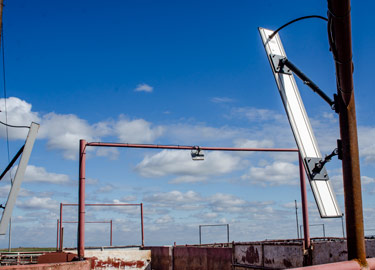 |
How does CattleTrace work? Calves have an ultra-high-frequency electronic ID tag, and different segments of the beef supply chain have ultra-high-frequency readers that grab information quickly and transmit it to a privately held database. |
Depenbusch said the pilot project had readers installed at 11 sale barns in four states, 18 feedyards and backgrounders in four states, and four packer locations in Kansas. This has garnered more than 80,000 readings. This data — time, date, animal ID and location — is stored on a private database that will only be accessed by state or federal animal health officials in the event of a disease outbreak.
The technology works, but the big question on everyone’s mind is, "How much will it cost cattlemen?" The project is working on making this economically viable, doing the most with the least amount of money, he says.
CattleTrace is using investment money in the pilot project, so the tags are $1 each at the moment. However, there is only one ultra-high-frequency tag approved by the USDA available in the United States, which is around $3.00. Depenbusch is hoping more tags will be approved to encourage marketplace competition.
He says CattleTrace is contagious, noting other states have joined the pilot and more are in discussions considering participation. The goal is to form a voluntary, nationwide program organized by the industry itself. CattleTrace is a nonprofit 501(c)(3) and is directed by a board of directors from within the industry.
More information on CattleTrace can be found at cattletrace.org.
